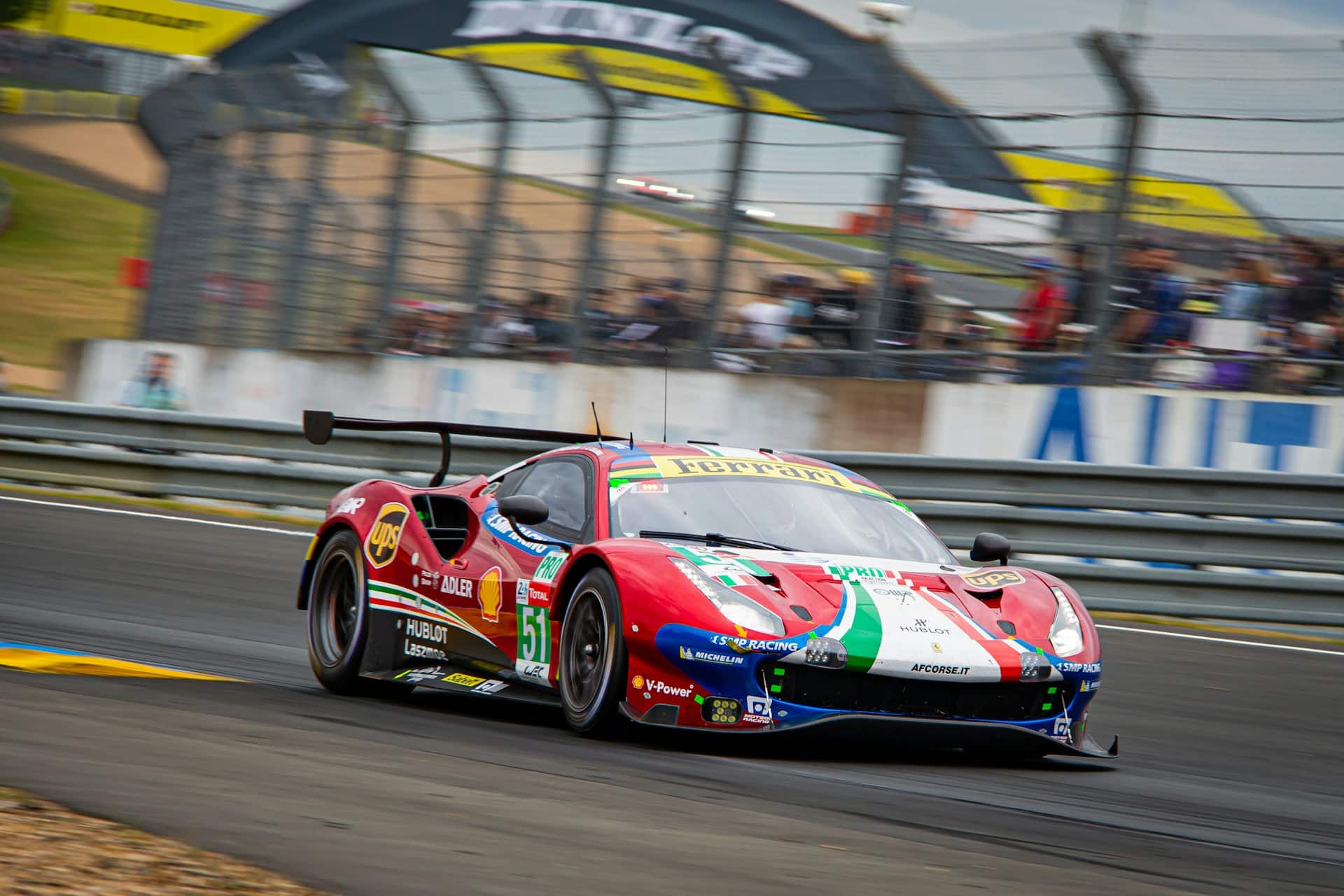What Is the Impact of Altitude on the Performance of Drone Racing Pilots?

The world of drone racing is a rapidly evolving domain within the realm of UAV (Unmanned Aerial Vehicles). This adrenaline-pumped sport is an intriguing blend of high-speeds, nimble maneuvers, and cutting-edge technology. As drone enthusiasts or pilots, you may often wonder about the myriad factors influencing the performance of your favorite racing drones. One such crucial aspect is the impact of altitude on drone flight and performance. This article will delve deep into exploring how altitude affects drone performance, flight time, flying safety, and control mechanisms.
The Science Behind Drone Flight at High Altitude
To comprehensively understand how altitude influences drone performance, it is crucial to grasp the basic science behind it. Drones, just like any other aircraft, rely heavily on air for lift and propulsion. The density of the air and atmospheric pressure significantly determines the drone’s flying capacity.
A lire en complément : What’s the Best Method to Improve Tactical Creativity in Soccer Team Managers?
As altitude increases, air density decreases. This happens because the air molecules are more dispersed at higher altitudes. As air density decreases, the drone’s propellers have less air to push against, which makes it harder for the drone to generate lift and stay airborne. Simultaneously, the decrease in air pressure also affects the drone’s ability to maintain a steady altitude and speed.
Furthermore, high altitude flying can have a considerable impact on the drone’s battery life and therefore, its flight time. The harder the drone works to maintain its flight, the more battery power it consumes. Therefore, it is not uncommon for drones to have shorter flight times at higher altitudes.
A lire également : How Can Continuous Glucose Monitoring Inform Diet and Performance in Endurance Athletes?
The Impact of Altitude on Drone Racing Performance
Drone racing is a sport where every second count. The minor changes in altitude can significantly affect the drone’s speed, maneuverability, and overall performance in a race.
At higher altitudes, drones generally fly slower due to the decreased air density. This lack of air can also affect the drone’s ability to make sharp turns and sudden changes in direction, both of which are critical in drone racing.
Racing drones are typically designed to be lightweight to allow for superior speed and agility. However, this design aspect can work against them at high altitudes. The lightweight drones are more susceptible to wind and weather conditions at high altitudes, which can affect their stability and control during a race.
Adjusting Flight Controller Settings for High Altitude Flight
Every drone comes equipped with a sophisticated flight controller. This provides the necessary inputs to the drone’s motor and helps you control the drone’s movements and actions. The right adjustments to the flight controller settings can significantly enhance a drone’s performance at high altitudes.
One of the key parameters to adjust is the drone’s PID (Proportional, Integral, Derivative) controller settings. These settings help maintain the drone’s stability and responsiveness by adjusting the drone’s desired and actual states. Tuning the PID settings can help compensate for the reduced air density and pressure at high altitudes.
Furthermore, you should also consider adjusting the drone’s throttle settings. At higher altitudes, you may need to increase the throttle to maintain the same level of performance as at lower altitudes. This is because the drone needs to work harder to overcome the reduced air density and stay airborne.
Ensuring Safety While Flying Drones at High Altitude
Safety should always be a primary concern when flying drones, especially at high altitudes. The reduced air density and atmospheric pressure can make it challenging to control the drone, increasing the risk of accidents or crashes.
Firstly, always ensure that your drone is in good working condition before attempting to fly at high altitudes. Regularly inspect the drone’s propellers, battery, and other essential components for any signs of damage or wear and tear.
Secondly, consider investing in FPV (First Person View) technology. FPV allows you to see what the drone sees, providing a better perspective and helping you navigate more safely and accurately.
Lastly, always follow local regulations and guidelines regarding drone flying. Many regions have specific rules about the maximum altitude at which drones can fly. Ignoring these rules not only puts your drone at risk but can also lead to hefty fines and penalties.
High altitude flying presents a unique set of challenges for drone enthusiasts and racing pilots. However, with the right understanding, preparation, and safety measures, you can ensure optimal drone performance, even at high altitudes.
The Role of High Density Altitude in Drone Racing Performance
A paramount factor in the performance of drone racing at high altitudes is the concept of high density altitude. Essentially, density altitude is the altitude at which a certain atmospheric condition is expected to occur. When we refer to high density altitude, it means that the air is thin, and this usually happens at higher altitudes, high temperatures, and high humidity levels.
For drone pilots, high density altitude conditions can make it significantly more challenging to control their drones. This is because the decreased air density reduces the amount of lift generated by the drone’s propellers. The drone will need to work harder, leading to increased battery life consumption and reduced flight time.
The diminished air density also affects the drone’s vertical speed. Racing drones usually have a high vertical speed to rapidly ascend and descend during a race. However, in high density altitude conditions, the vertical speed of drones will be compromised. The drone may struggle to ascend rapidly due to the reduced lift and may descend faster due to decreased air resistance.
To enhance the performance of your drone in high density altitude conditions, it can be beneficial to adjust the drone’s motor and propeller settings. Larger and more powerful motors and propellers can generate more thrust, enabling the drone to fly more effectively in thin air.
The Influence of Ground Level Winds on Drone Racing
Ground level winds can significantly impact the performance of racing drones, especially when flying at high altitudes. Wind conditions are typically more unstable at higher altitudes, posing a challenge to drone pilots. The lightweight design of racing drones, while advantageous for speed and agility, makes them more susceptible to wind.
Wind can affect the drone’s speed, control, and stability. A tailwind can push the drone forward and increase its speed, but it can also make it harder for the drone to slow down or stop. A headwind can slow down the drone and make it more challenging to accelerate. Crosswinds can push the drone off its flight path, making it harder for the drone to fly in a straight line.
Wind can also cause turbulence, which can result in unstable flight and make it harder for pilots to control their drones. This can be particularly challenging in drone races, where precise control and maneuverability are critical.
Drone pilots need to monitor real-time wind conditions and adjust their flight strategies accordingly. For instance, they may need to adjust the drone’s flight angle to compensate for the wind. They may also need to increase the drone’s throttle to maintain control in strong winds.
Conclusion
To sum up, altitude plays a significant role in the performance of racing drones. From the decrease in air density affecting lift and propulsion to the impact of high density altitude and ground level winds, altitude presents a complex set of challenges for drone pilots.
However, with a comprehensive understanding of these factors and the right adjustments to the drone’s flight controller, drone pilots can effectively manage these challenges. Safety measures, such as regular equipment checks and adhering to local regulations, are also indispensable for safe and successful high-altitude drone flights.
The world of drone racing is an exciting and ever-evolving domain. As technology advances, racing pilots explore new frontiers, and the thrill of the sport continues to captivate audiences across the United States and the world. Aspiring drone racers should keep learning, practicing, and staying updated with new technology and techniques to excel in this fascinating sport.
